
From Sheep Farms to Solar Farms
Recently, I interviewed Ryan Kelliher, the executive director of the American Solar Grazing Association (ASGA) and VP, Renewable Solutions at Tradition Energy It was a particularly enjoyable conversation as it took me back to my early life on a sheep farm in County Mayo, Ireland. We were 5th generation sheep farmers with 200 head at our peak. Sheep farming is a tough life. Every spring was spent taking turns every couple of hours, night and day, with my father and brother to check whether our heavily pregnant ewes were giving birth or not. Every summer involved shearing, an intense and long day when our local shearer made rounds to various farms and sheared hundreds of sheep in a few hours.
We were the last farmers in our family, selling the farm in 2020, though I had left Ireland in 2006. Selling and moving away is also a common pattern for farming communities in the US, often due to various economic realities. This is one reason why combining sheep farming with solar development is so compelling.
Most importantly, farmers stand to gain significantly. On the one hand, for those looking to expand their flocks, more land is typically required, which often entails costly rentals that eat into margins. On the other side, solar developers have a very specific need to keep vegetation trimmed down. Combine these, and developers are increasingly paying farmers for maintenance of vegetation on solar farms – a previously substantial cost for developers that can now be converted into income for farmers. Imagine a farmer receiving up to $500 per acre, for instance, to graze a solar field. This, in turn, significantly enhances the profitability of their sheep, whether they are selling wool or meat. In fact, this development could even enable smaller farmers to compete with imports from global suppliers like Australia and New Zealand.
There are additional benefits for the farmer. On solar farms, sheep experience less heat stress due to the shade from the solar panels. This means farmers need to provide less water for their sheep compared to a regular field. This was even an issue for us in a milder climate like Ireland, where farmers can lose 1-2 sheep a year to heat stroke unless they have the right access to shade. Additionally, farmers can use the grass on their own land to produce hay for the winter while their sheep are grazing on the solar fields.
On the solar side, sheep grazing offers considerable advantages. Managing a solar field’s vegetation is often the most significant cost in a ground mount array. Budgeting for regular cuts can quickly become financially challenging. However, having sheep graze on the fields offers a practical, cost-effective solution. Plus, local farmers are inherently invested in the land's well-being, which can lead to better care and overall outcomes compared to sending out mowing groups to various locations.
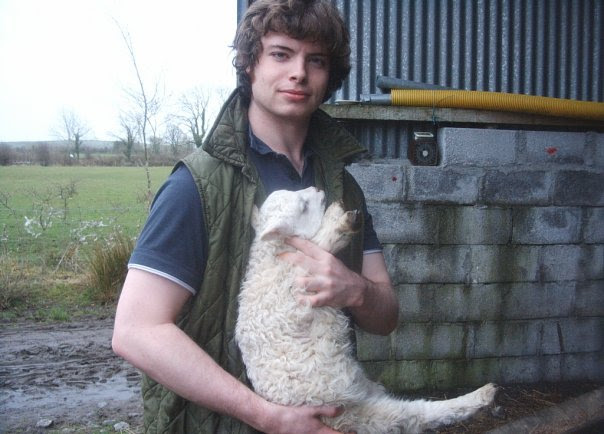
Beyond financial and management benefits, the integration of sheep grazing with solar farms can also facilitate the planning process for solar projects. Developers often face skepticism when proposing large-scale changes in an area. Communities are particularly concerned about losing "prime" farmland. However, integrating familiar agricultural practices into these projects can enhance their acceptance within the community.
The potential for sheep farming, particularly in the realm of utility-scale agriculture, is immense due to the clear and mutually beneficial relationship between sheep grazing and solar farming. There is significant room for growth, particularly for existing sheep farmers looking to expand or even those involved in traditional monocropping or other livestock farming considering a switch to sheep farming.
Overall, the future of integrating solar farms and sheep grazing is very promising. It offers a great way to blend agriculture and renewable energy, serving as a win-win for farmers, solar developers, and rural communities. We are actively working on some data layers to help Paces users find suitable places for agro-voltaics with a particular emphasis on sheep grazing. Let us know if you are interested!
More articles

Faster development starts with better intelligence: Inside Paces Automated Reports

Faster development starts with better intelligence: Inside Paces Automated Reports



Beyond the headlines: What DOE's FERC directive really means for your project

Beyond the headlines: What DOE's FERC directive really means for your project



The One-Person, Billion-Dollar Power Development Company

The One-Person, Billion-Dollar Power Development Company



RE+ 2025: What we heard on policy, power, and partnerships

RE+ 2025: What we heard on policy, power, and partnerships


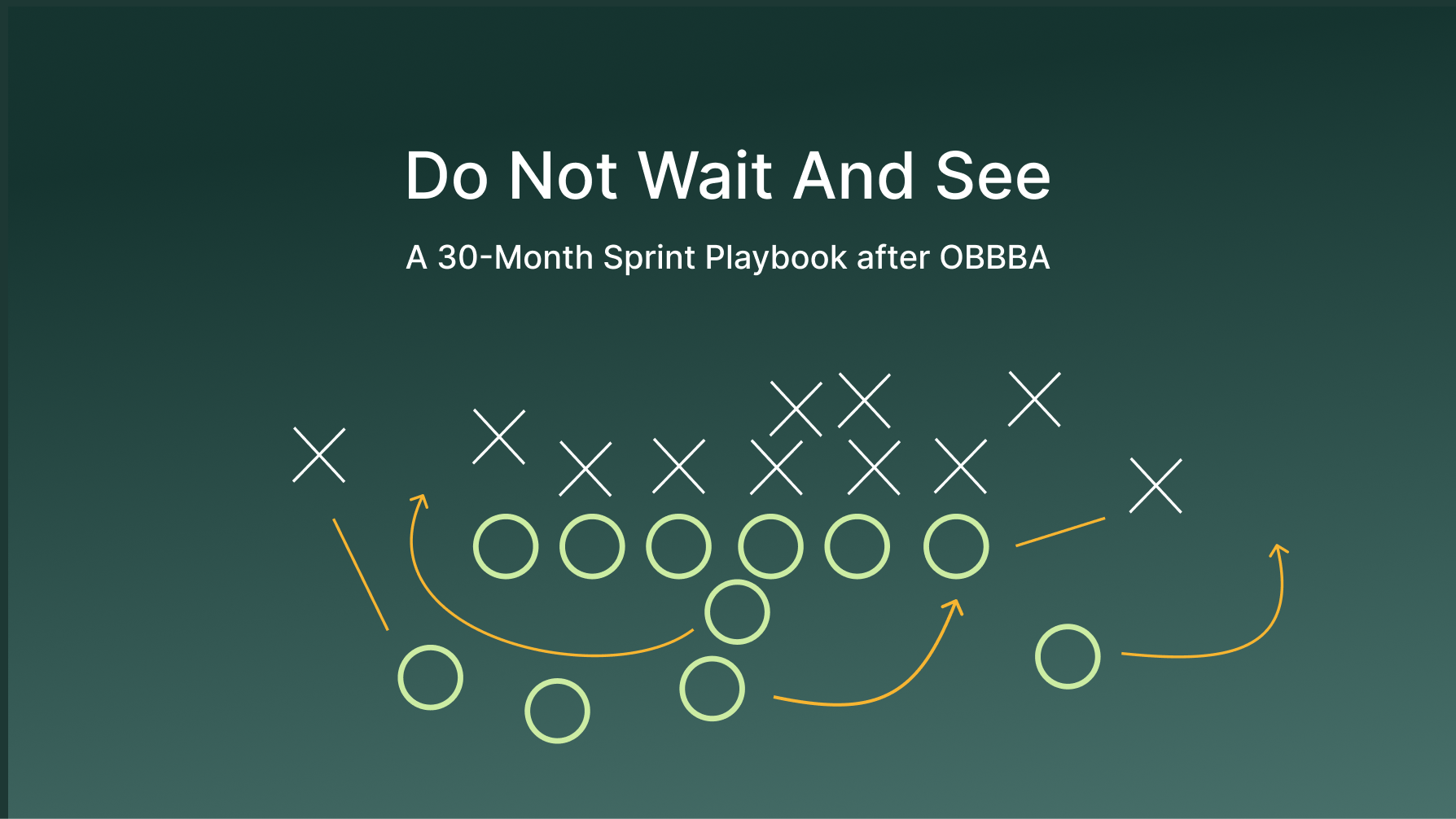
Do Not Wait and See: A 30-Month Sprint Playbook after OBBBA

Do Not Wait and See: A 30-Month Sprint Playbook after OBBBA


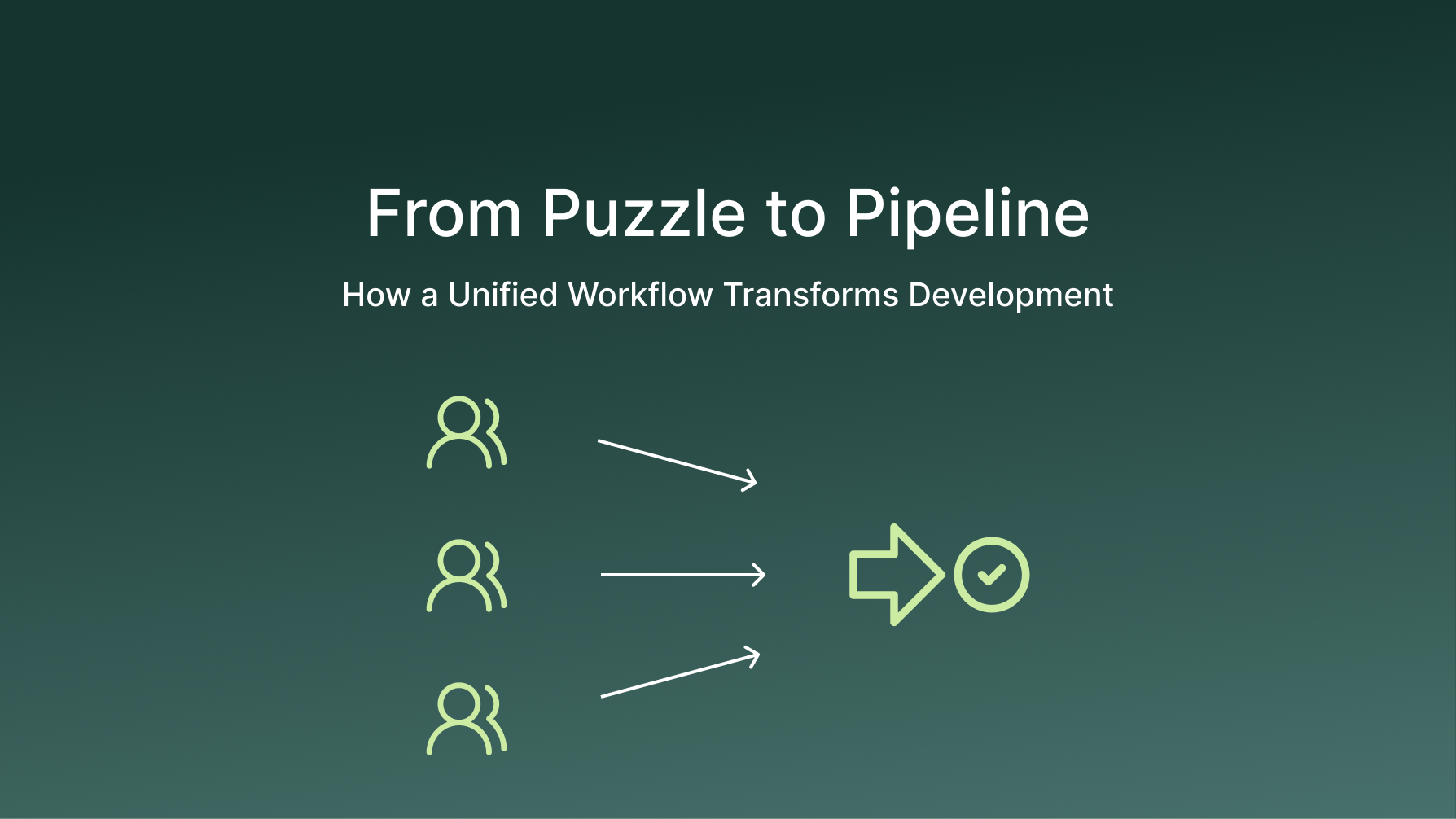
From puzzle to pipeline: how a unified workflow transforms development

From puzzle to pipeline: how a unified workflow transforms development


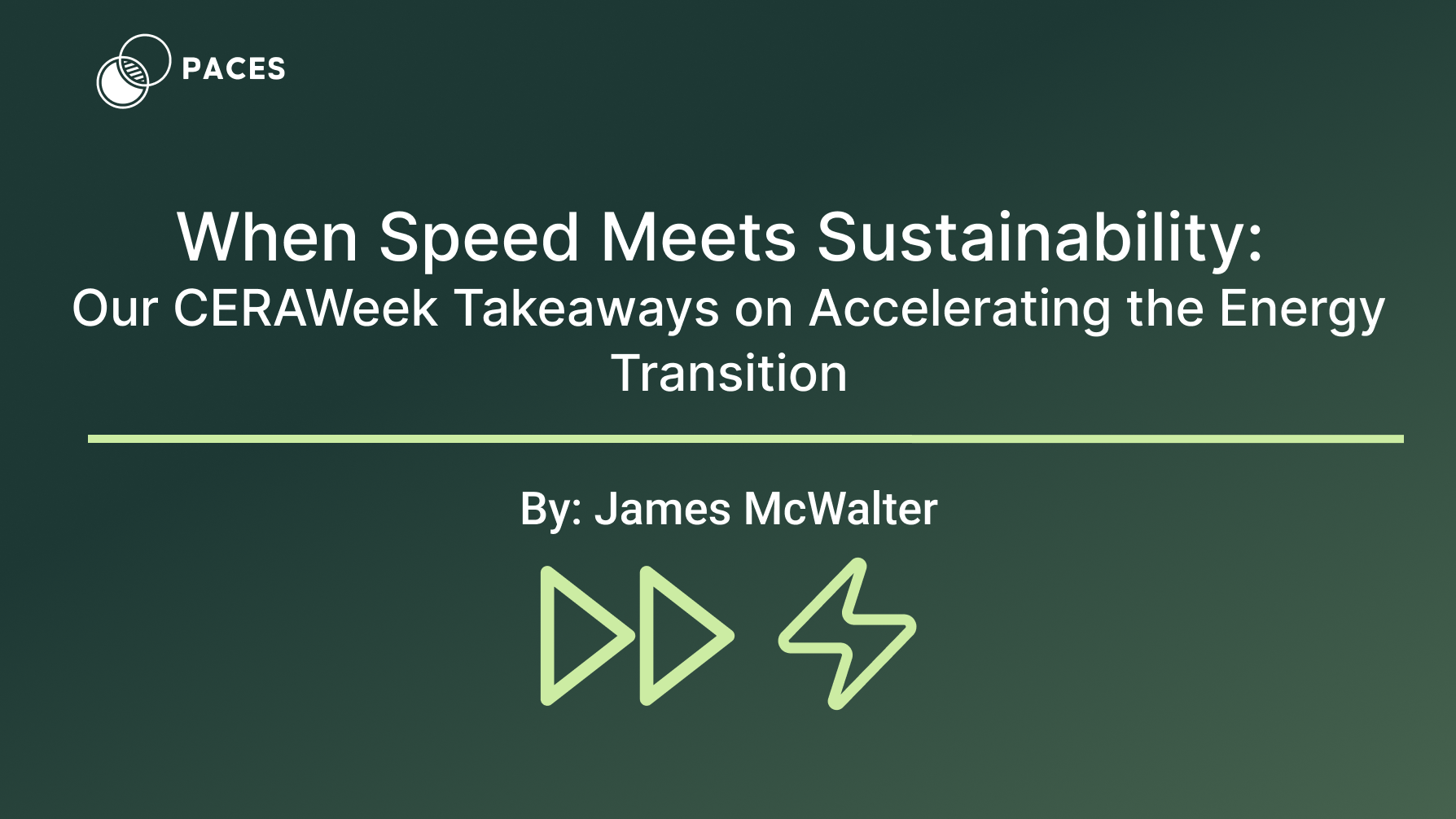
When Speed Meets Sustainability: Our CERAWeek Takeaways on Accelerating the Energy Transition

When Speed Meets Sustainability: Our CERAWeek Takeaways on Accelerating the Energy Transition



Introducing the Accelerated Development Framework

Introducing the Accelerated Development Framework



A Look Back and the Road Ahead for 2025

A Look Back and the Road Ahead for 2025



The Critical Role of Clean Energy in the AI Revolution

The Critical Role of Clean Energy in the AI Revolution


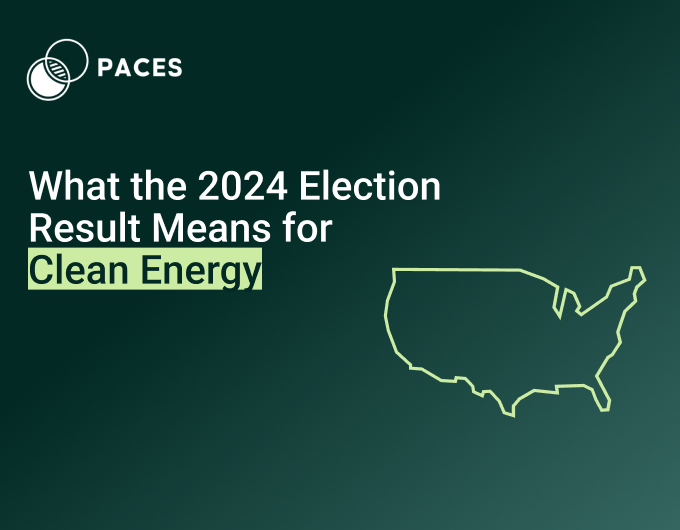
Paces's Take: What the 2024 Election Result Means for Clean Energy

Paces's Take: What the 2024 Election Result Means for Clean Energy


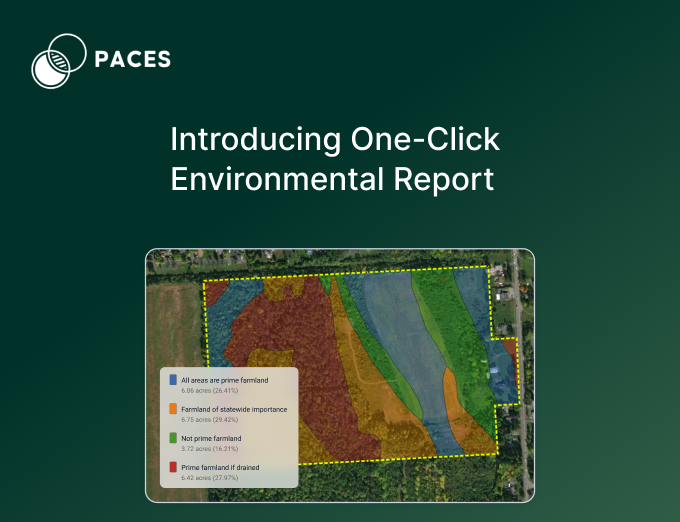
Why We Built the Environmental Reports: Saving Time, Reducing Effort, and Empowering Teams

Why We Built the Environmental Reports: Saving Time, Reducing Effort, and Empowering Teams



Solar Energy Adoption in NY vs. PA

Solar Energy Adoption in NY vs. PA



Siting the Needle in a Haystack: Solar Permitting in Glenn County, CA

Siting the Needle in a Haystack: Solar Permitting in Glenn County, CA


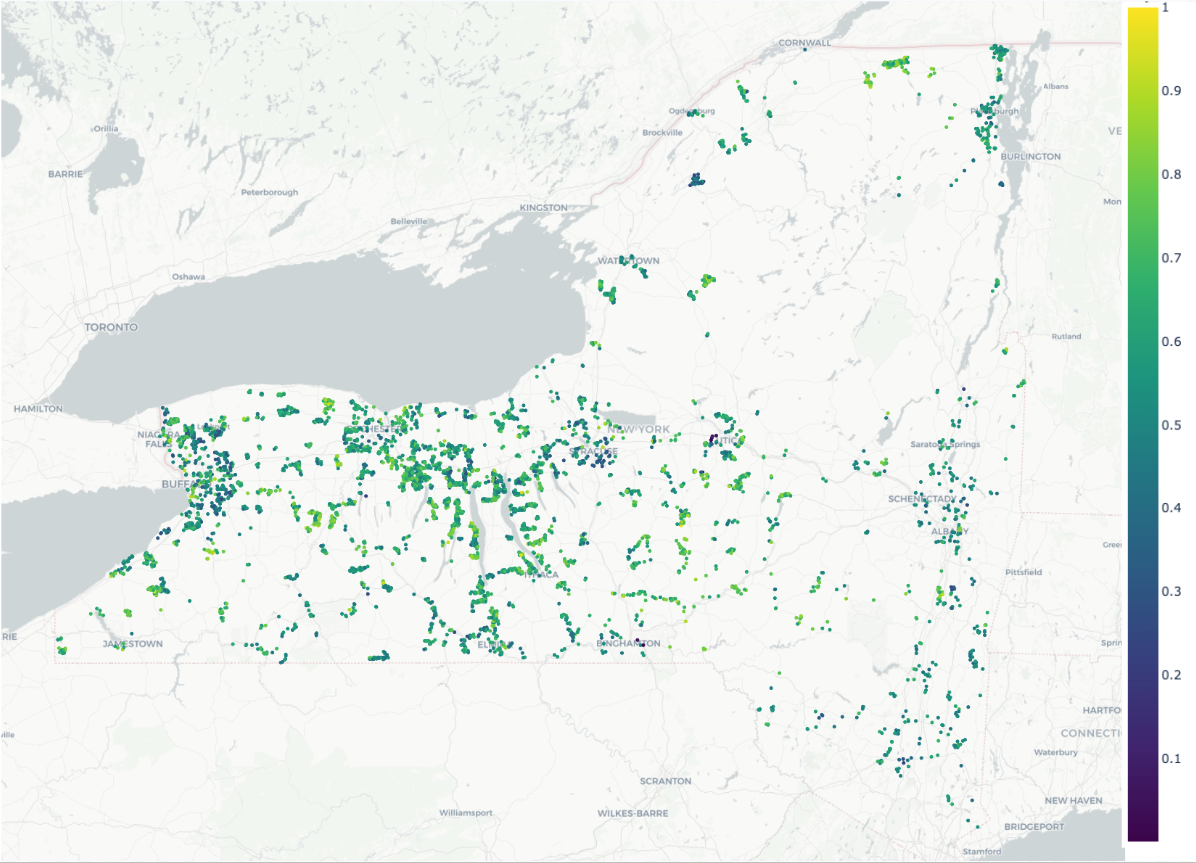
10 GW by 2030: Sizing the New York Community Solar Market from the Local Ordinance Up

10 GW by 2030: Sizing the New York Community Solar Market from the Local Ordinance Up



Quantifying Solar Permitting Risk with Large Language Models

Quantifying Solar Permitting Risk with Large Language Models


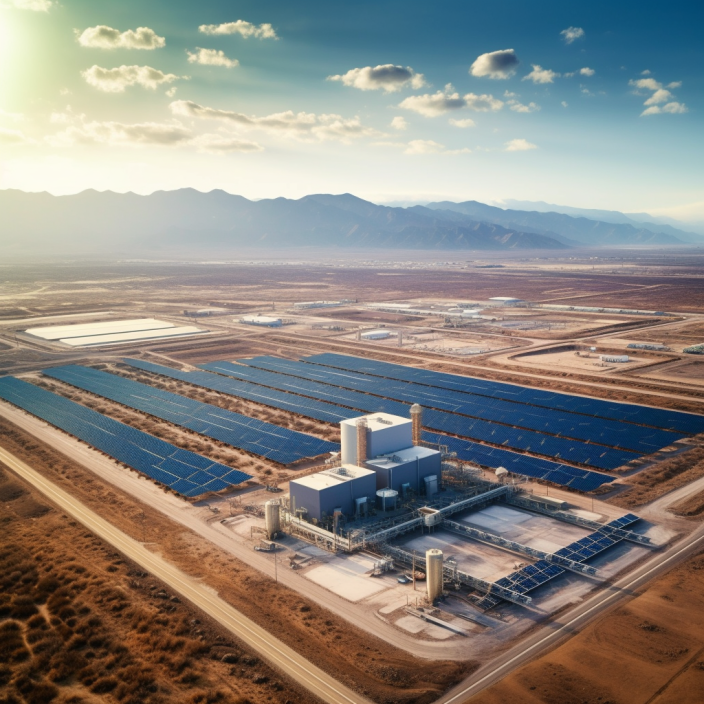
From Brownfields to Brightfields

From Brownfields to Brightfields



From Sheep Farms to Solar Farms

From Sheep Farms to Solar Farms


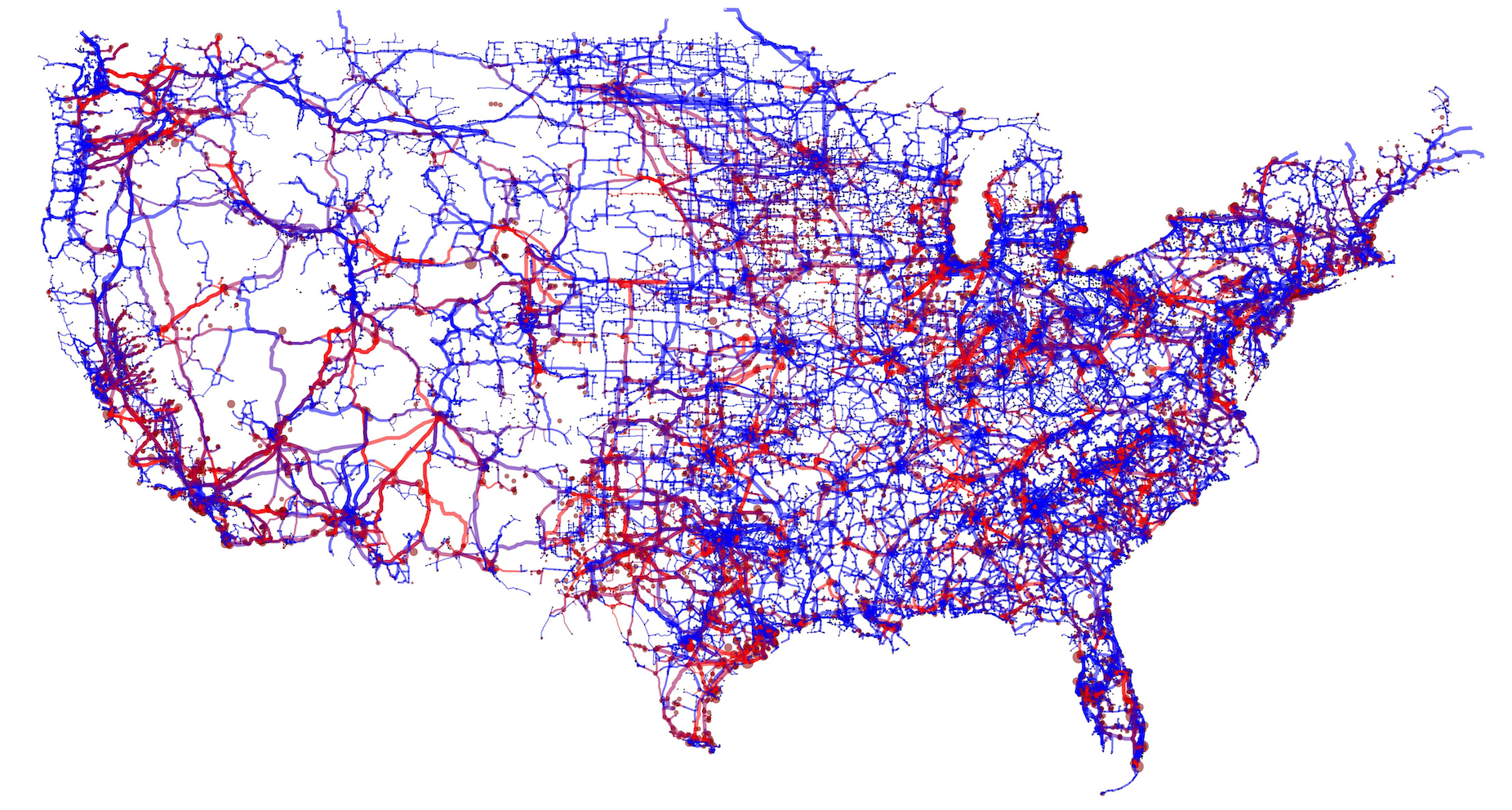
Evolution at the Edge: Renewables and the Spatial Configuration of the Grid

Evolution at the Edge: Renewables and the Spatial Configuration of the Grid



Renewable Development Blockers

Renewable Development Blockers



Cofounder Charles Bai is a Forbes 30 Under 30!

Cofounder Charles Bai is a Forbes 30 Under 30!


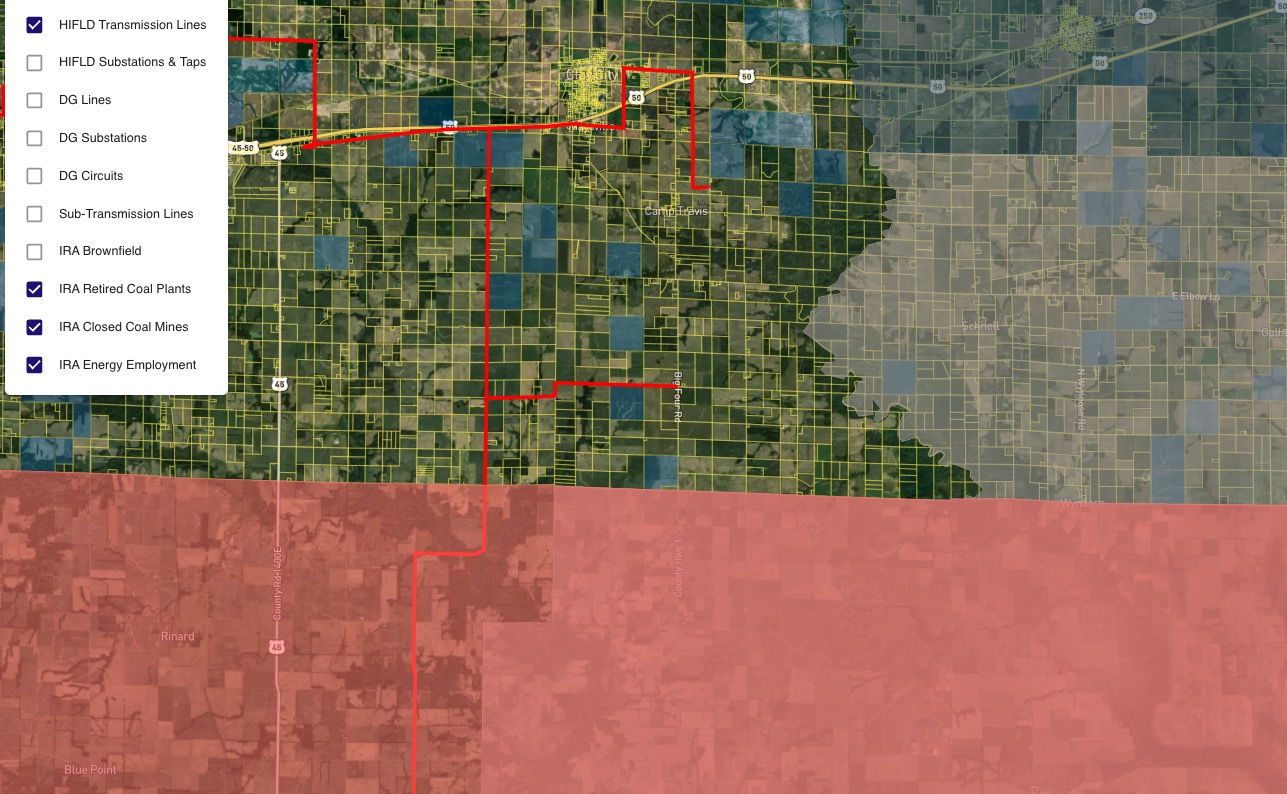
Inflation Reduction Act: Energy Community

Inflation Reduction Act: Energy Community


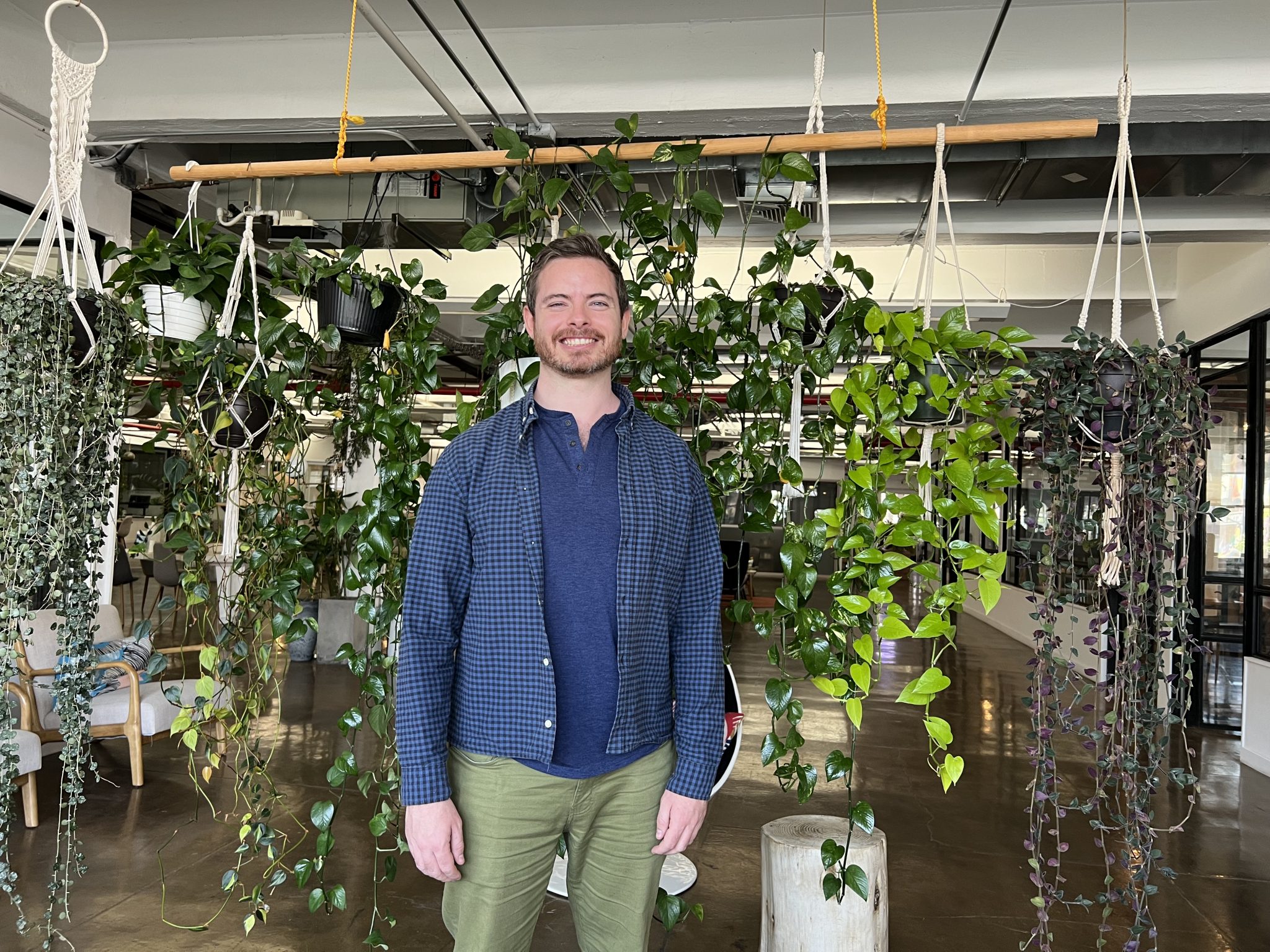
Paces Featured on Founder to Founder!

Paces Featured on Founder to Founder!



Paces @ TechCrunch Climate 2022

Paces @ TechCrunch Climate 2022



Paces Joins Y Combinator Summer Batch 2022

Paces Joins Y Combinator Summer Batch 2022



Paces Featured in Forbes!

Paces Featured in Forbes!



Paces Launch Podcast

Paces Launch Podcast


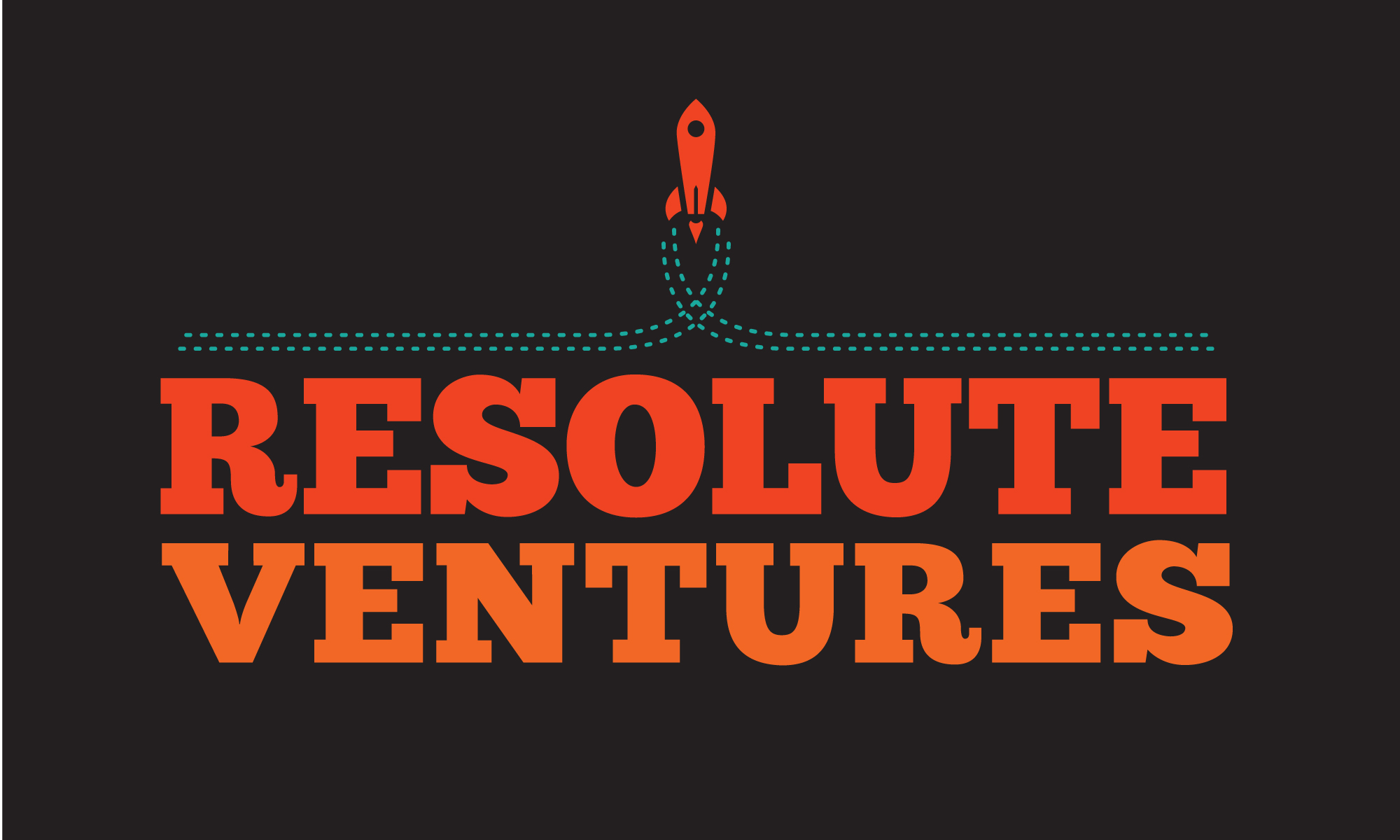
Green Infrastructure Data Platform Paces raises $1.9M Pre-Seed led by Resolute Ventures

Green Infrastructure Data Platform Paces raises $1.9M Pre-Seed led by Resolute Ventures


Sign up for emails
Find the right sites faster, assess feasibility with world class data, and track progress across your entire project pipeline with software built to compress your workflow.

